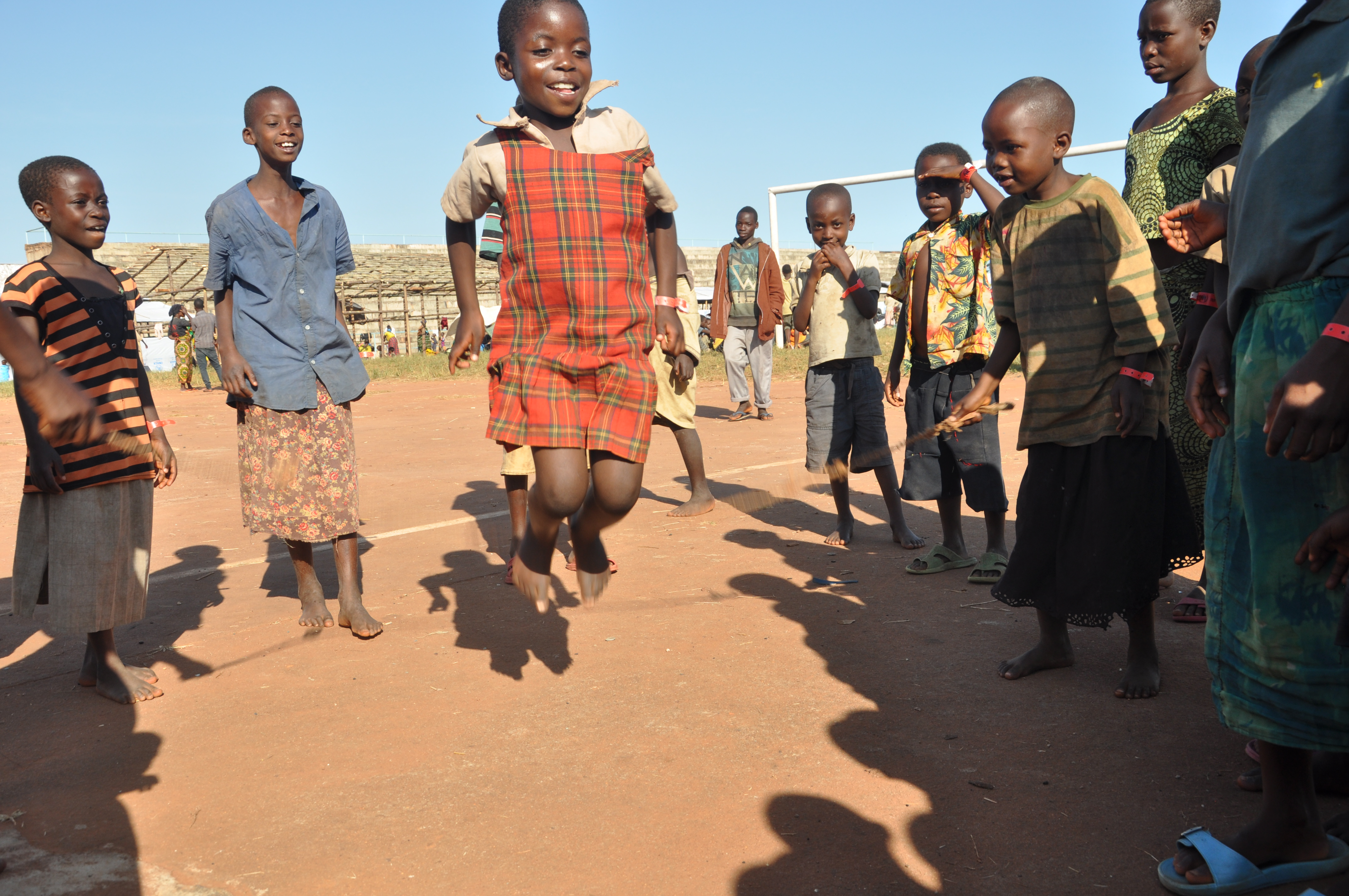Factors associated with stunting among pre-school children in Tanzania
Research snapshot1
 Stunting is a major public health problem in Africa, affecting more than one third of children under five years (Black et al, 2013). In Tanzania in 2014, 35% of children under five years of age were stunted, with prevalence reaching 50% in the central and southern highlands zones. The Government of Tanzania, UNICEF and Concern Worldwide are implementing a project to scale up nutrition actions in these regions, with the aim of reducing the prevalence of stunting by 10% over five years. Baseline data were collected in 2013; analysis investigated factors in these regions associated with stunting.
Stunting is a major public health problem in Africa, affecting more than one third of children under five years (Black et al, 2013). In Tanzania in 2014, 35% of children under five years of age were stunted, with prevalence reaching 50% in the central and southern highlands zones. The Government of Tanzania, UNICEF and Concern Worldwide are implementing a project to scale up nutrition actions in these regions, with the aim of reducing the prevalence of stunting by 10% over five years. Baseline data were collected in 2013; analysis investigated factors in these regions associated with stunting.
The study was conducted in the regions of Iringa, Njombe and Mbeya, where 4.4 million people live, 72% of them in rural areas. A cross-sectional survey was conducted in each region using a two-stage cluster sampling design. A total of 63 clusters were selected in each region and 20 households were chosen at random in each cluster. Data were collected using a standardised questionnaire on a digital data gathering (DDG) device via face-to-face interview with the main caregiver of the child. Anthropometric measurements of all children under five years of age were taken. The sample included 1,360 children aged 6-23 months and 1,904 children aged 24-59 months.
The study found that in the younger age group stunting was positively associated with male sex (adjusted odds ratio (AOR): 2.17; con?dence interval (CI): 1.52-3.09) and maternal absence (AOR: 1.93; CI: 1.21-3.07) and negatively associated with household diet diversity (AOR: 0.61; CI: 0.41-0.92). Among older children, stunting was positively associated with male sex (AOR: 1.28; CI: 1.00-1.64) and having a mother currently breastfeeding (AOR: 1.97; CI: 1.18-3.29) and negatively associated with being age four and five years (AOR: 0.71; CI: 0.54-0.95; AOR: 0.60; CI: 0.44-0.83); access to improved water source (AOR: 0.70; CI: 0.52-0.93); and access to a functioning water station (AOR: 0.63; CI: 0.40–0.98).
Findings show that male children are more at risk of stunting than female children, with risk peaking in the second and third year of life. Furthermore, the nutritional status of a child is directly related to maternal presence and maternal reproductive status. Younger children are particularly affected by maternal absence, while older children are affected by their mother breastfeeding a younger sibling. The authors conclude that interventions that increase household wealth and improve water and sanitation conditions should be implemented to reduce stunting. Furthermore, family planning activities and programmes to support mothers during pregnancy and lactation can have positive effects both on the newborn and older siblings.
Footnotes
1Altare C, Delbiso TD, Mutwiri GM, Kopplow R and Guha-Sapir D. (2016). Factors associated with stunting among pre-school children in southern highlands of Tanzania. J Trop Pediatr. 2016 Oct; 62 (5): 390-408.
References
Black R, Victora CG, Walker SP, et al. Maternal and child undernutrition and overweight in low-income and middle-income countries [Internet]. Lancet 2013;382: 427–51. www.thelancet.com/journals/a/article/PIIS0140-6736(13)60937-X/fulltext (25 May 2014, date last accessed).


